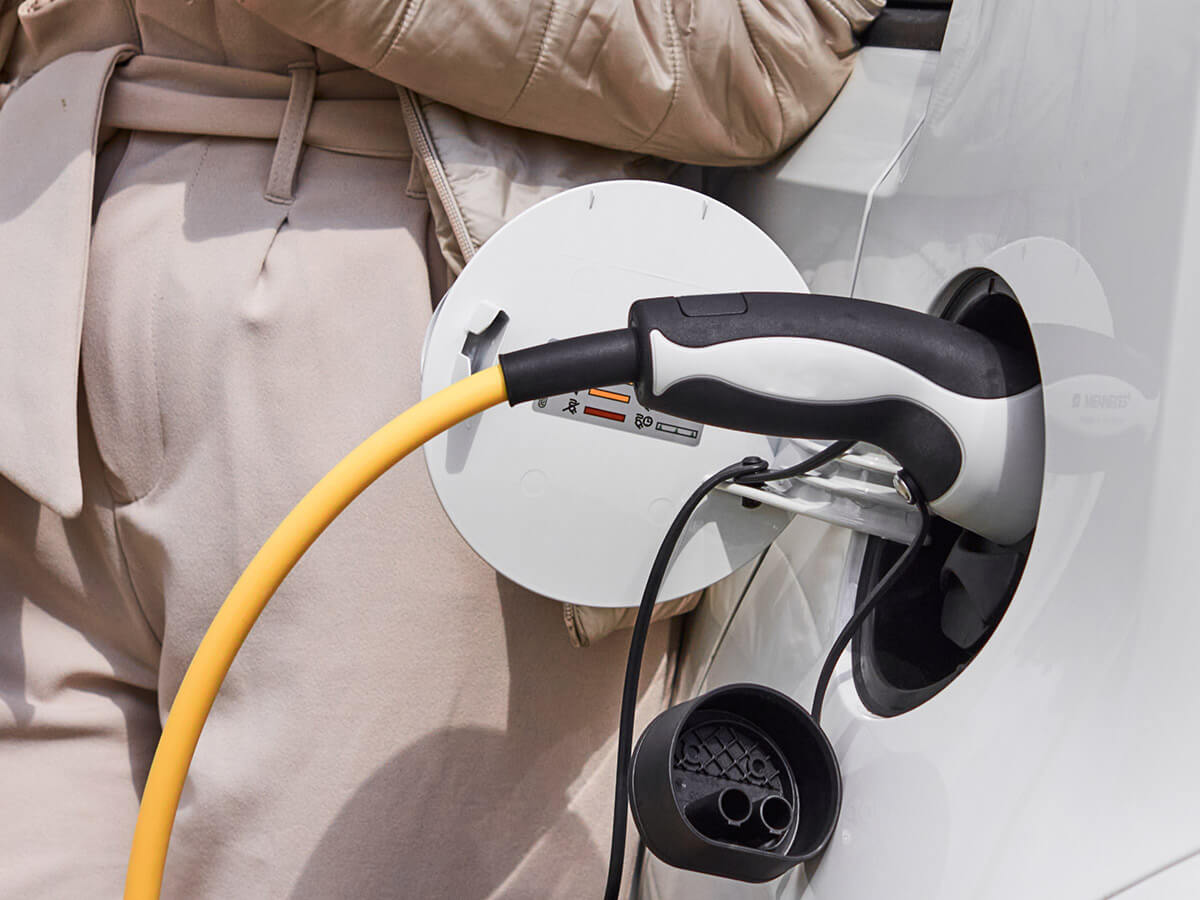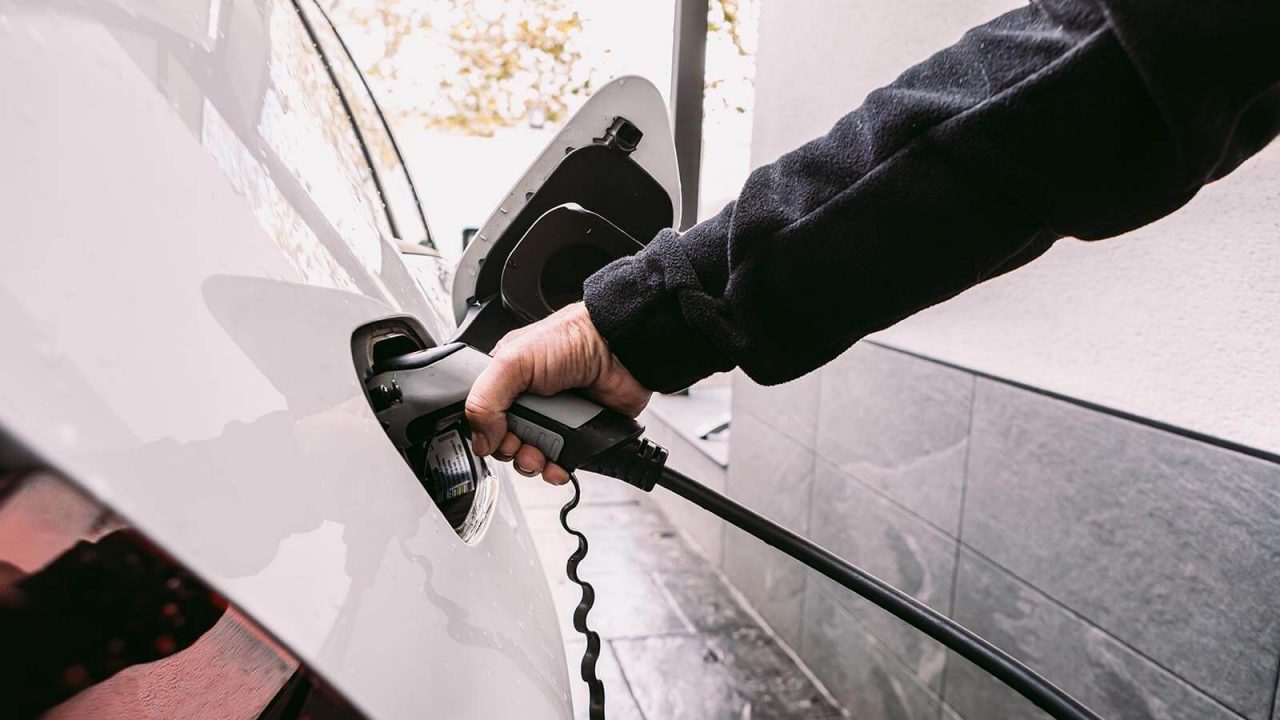How EV chargers work
In short, EV batteries are built for everyday life and use.
Just like the battery in your smartphone, an EV battery stores power as direct current (DC), even though most power that comes from the electricity grid is alternate current (AC). EVs have their own in-built converter (sometimes referred to as the onboard charger) that changes the AC current to DC when it’s plugged in.
What it’s like to charge an EV
We have become accustomed to charging a range of battery-powered devices in our lives today that we didn’t have five, 10 or 20 years ago. We know what chargers to use, which are best for our devices, and how readily available they are.
So, like with other new devices and technologies that quickly became part of our lives and routines, charging an EV is straightforward, but there are a range of factors that can impact the process and its efficiency.
The charging process will vary based on the EV, the EV charger, and the cable connecting to the charger. If you’re using a public charger, the experience will vary based on if it is free or is offered on pay-as-you-go pricing, or subscription-based pricing. By far the most common place of charging for EV owners will be where they live.
At home, the typical process of charging an EV may look like this: once you park your car, you press the car’s charging port release button. You step out and grab the cable from your charging station that is installed in your garage or car space, which is a few feet away, and plug it into the EV charging port. There may be times when you will need to charge by plugging in your EV to a regular wall outlet - this still replenishes your EV battery but will take longer.
If you want to keep an eye on its progress, most EV manufacturers will also offer smartphone apps that will let you monitor, and control charging and this may also include the flexibility to set the charge time to take advantage of off-peak electricity rates. You will also typically get notifications when charging is complete.


